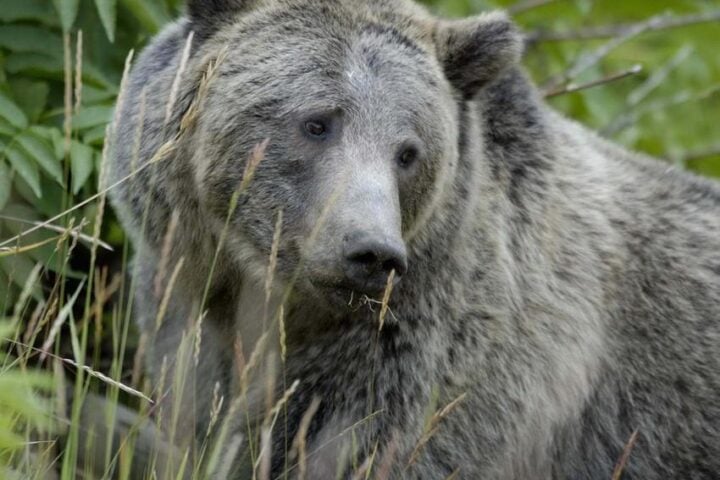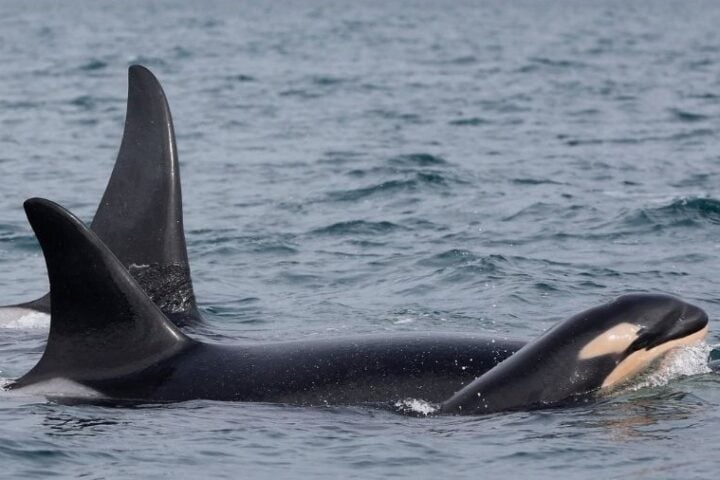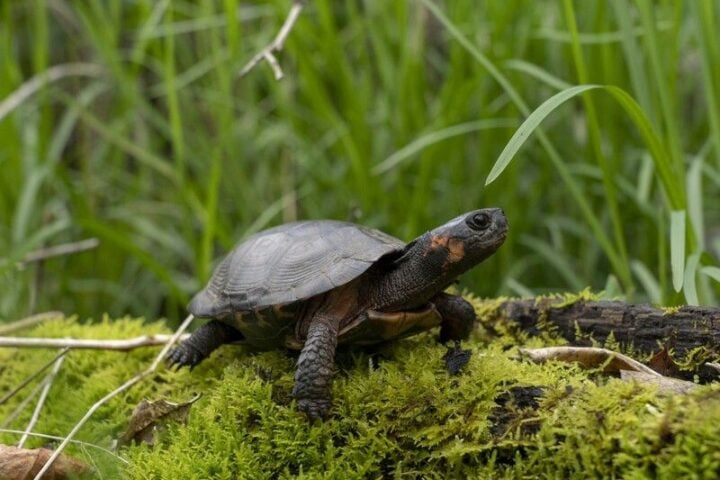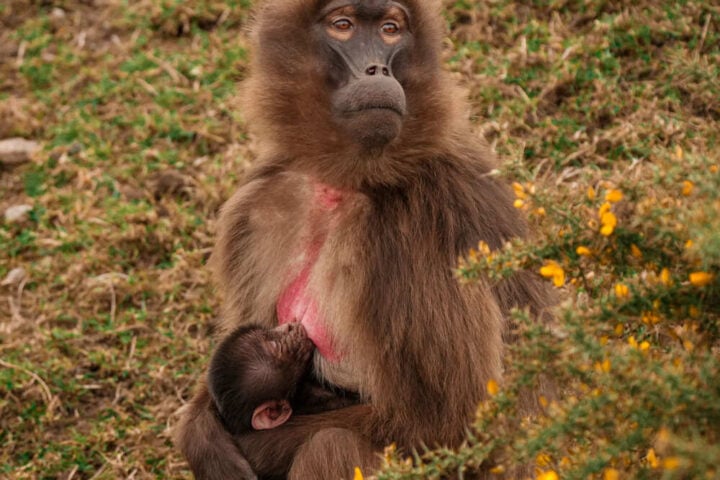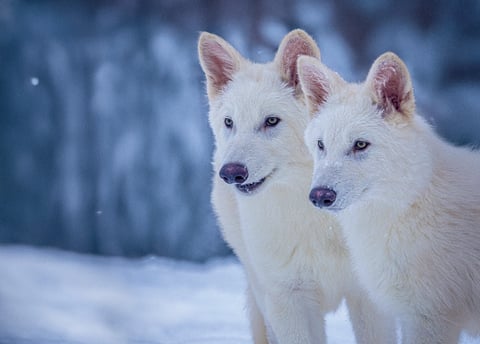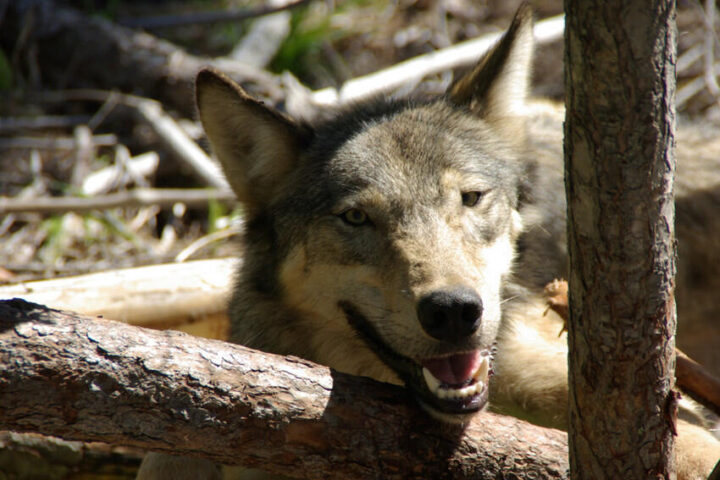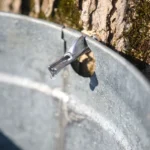Voyageurs National Park in Minnesota is a hotspot for diving deep into wolf behaviors in the wild. Since 2015, the Voyageurs Wolf Project has been on the trail of wolf packs, trying to decode their enigmatic ways. Researchers have often said wolves have layers of behaviors that remain a puzzle.
Table Of Contents
- Dietary Discoveries
- Territorial Tendencies
- Tracking and Research
- Mating Mysteries
- Human Impact
- Project’s Impact
- Ecological Role
- Global Interest
- Teamwork and Dedication
- Changing Perceptions
- Conservation and Future
Dietary Discoveries
A surprising find was wolves fishing for their meals, something we hadn’t seen before. Come spring, as beavers get busy, wolves seize the moment, showing their versatile nature. The data was clear: wolves gobbled up a whopping 84% of beavers in some areas. While many think beavers are a wolf’s favorite, it’s actually deer that top their menu, making up 42% of their summer munchies. And here’s a myth-buster: moose calves aren’t a frequent snack for wolves, even if they’re around.
Territorial Tendencies
Wolves are territorial creatures, and clashes with neighboring packs can get intense. An expert once noted that these territorial clashes reveal a lot about wolf social dynamics. The numbers don’t lie: many wolves meet their end due to these territorial tussles.
Similar Posts
Tracking and Research
With some techy GPS gear, researchers have been tracking wolf movements, getting a peek into their travel and hunting habits. These wolves sure do roam, crisscrossing vast lands in their quest for food. And here’s a fun fact: each wolf has its own hunting style, kind of like their signature move.
Mating Mysteries
The project also gave us a glimpse into wolf love life, revealing that not every wolf gets to wear the mating crown. A researcher once mentioned how wolf mating is a tangled web with many influencing elements.
Human Impact
Human actions, like trapping, throw a wrench in the wolf world, messing up their social vibes. The message from researchers is loud and clear: we need to step up our conservation game, especially with wolf numbers dipping in some spots.
Project’s Impact
The Voyageurs Wolf Project has been a guiding light, busting myths and giving us a closer look at these wild wonders. The insights from this project are shaping the playbook for wolf conservation. A team member once shared their mission: to connect the dots between hard science and the curious public.
Ecological Role
The research also put the spotlight on wolves as nature’s caretakers, vital for keeping things balanced. By keeping herbivore numbers in check, wolves ensure our forests and meadows stay lush and lively. The bond between wolves and Mother Nature is deep, with each influencing the other’s rhythm.
Global Interest
Word about the project’s findings is spreading like wildfire, with global researchers eager to mirror the study back home. The Voyageurs Wolf Project is setting the gold standard in wildlife studies, blending tech with good old fieldwork.
Teamwork and Dedication
An expert once said that teamwork makes the dream work, especially with this project’s success. Hats off to the relentless spirit of the researchers, facing the wild to gather these gems of knowledge. With doors now open, the Voyageurs Wolf Project is paving the way for more wild discoveries.
Changing Perceptions
Thanks to this study, we’re seeing wolves in a new light, free from age-old myths. Beyond their fierce rep, wolves have a world of social quirks that call for a deeper dive. This project has been a game-changer, offering a treasure trove of insights into wolf life.
Conservation and Future
The ripple effect of the project’s findings is clear: they’re shaping the future of wolf conservation. Every new piece of info helps us piece together the intricate wolf puzzle, as a researcher once shared. For those championing conservation, the project’s insights offer a ray of hope and direction. There’s a world of wolf wonders waiting to be discovered, as echoed by the Voyageurs Wolf Project team.
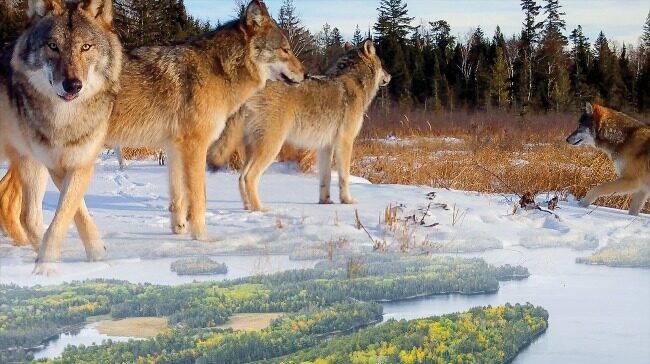
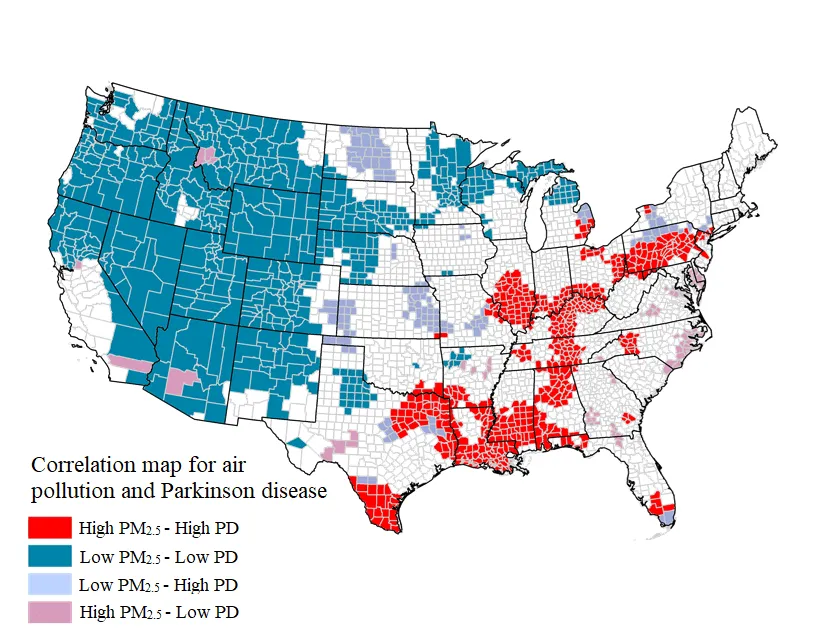
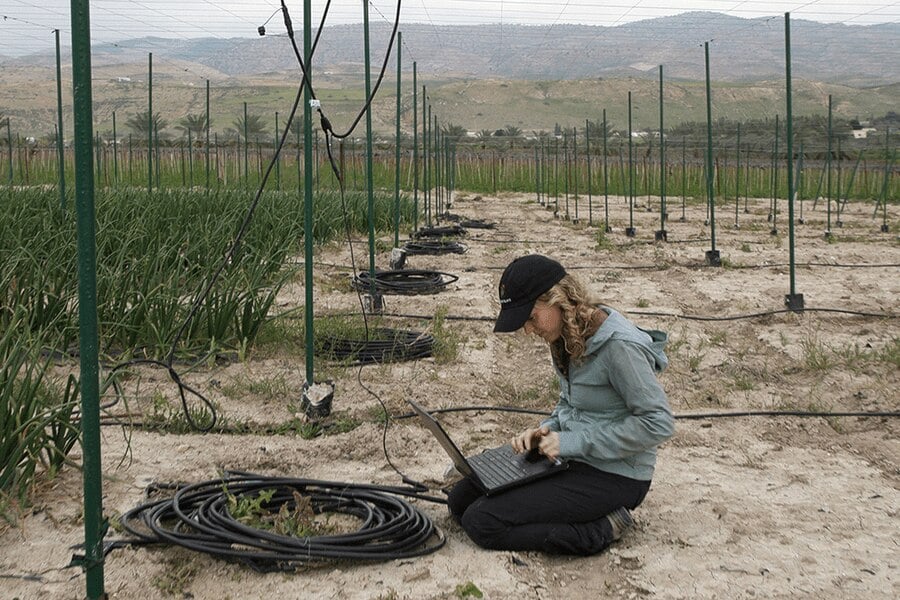





![Representative Image: European Starling [49/366]. Photo Source: Tim Sackton (CC BY-SA 2.0)](https://www.karmactive.com/wp-content/uploads/2025/04/Starlings-Drop-82-in-UK-Gardens-as-Birdwatch-2025-Reveals-Record-Low-Count-Since-1979-720x480.jpg)
